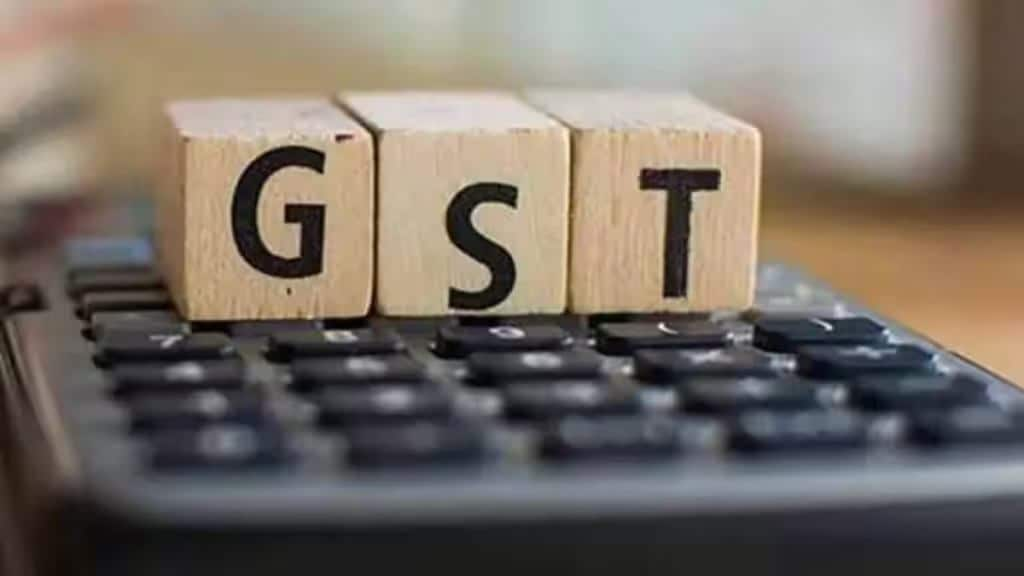– By MS Mani and Sandeep Jaiswal
The introduction of Goods and Services Tax (“GST”) in the year 2017, has been a significant milestone in the journey toward ‘One Nation, One Tax’ for India. GST has created a more unified, simplified, efficient and transparent indirect tax regime for the benefit of businesses and the economy.
Remarkable changes introduced so far
GST is essentially a tax regime, based on a technology-driven monitoring system magnified with the 3 Es – E-returns, E-invoices and E-way bills. The government has been progressively updating the reporting and compliance system network, the Goods and Services Tax Network [GSTN] portal by automating key areas such as registration, e-invoicing, vendor invoice matching, returns filings, e-payments and filings of refund and appeals.
Sequential filing of GST returns has resulted in building an efficient and organised approach to tax compliance. Introduction of user-friendly interfaces such as GSTR-2B, a static auto-generated inward statement containing details furnished by suppliers, is one of the key parameters to avail credits under GST. GSTR-2B has streamlined various compliance aspects of GST such as identifying eligible input tax credits, assistance in vendor data reconciliation, enabling efficient credit management.
Implementation of e-invoices has been significant as it entails business to generate invoices in a standardized electronic format. The e-invoicing system is directly integrated with GSTN portal and e-way bill portal, which has eased the filing of GSTR-1 (the monthly GST return required to report sales transactions). It has also sped up generation of e-way bills. The threshold for generating e-invoices has been progressively lowered from Rs.500 Cr in October 2020 to Rs. 10 Cr in October 2022 and is now at Rs.5 Cr, applicable from 01 August 2023.
Preferred changes from GST simplification standpoint
The objective of introduction of GST in India was to replace the prevailing complex and fragmented tax structure with a unified system, that would simplify compliance, reduce tax cascading and promote economic integration. While several timely initiatives have already been taken towards simplification of GST, certain other aspects are needed to further simplify the GST framework.
One of the objectives of GST implementation in the country is to ensure technological advancements in compliances. However MSMEs are still in the evolving stage of the same due to the restricted availability of technology resources. Further, many MSMEs are yet to adopt measures to reduce input tax credit losses arising on account of mismatch of GST reports due to vendor non-compliances. To boost sectoral growth, it is imperative to enable MSMEs to avail input tax credit on invoice receipts and relax matching requirements. This will facilitate MSMEs’ businesses to combat delays in receiving input tax credit and to reduce their costs and thereby improve cash flow.
There are a few ambiguous technical areas under GST which entail simplification. Currently for free-of-cost transactions with related parties, taxpayers need to do valuation and pay GST. Certain degree of relaxation has been granted on such valuation if the recipient is eligible for full input tax credit. A regulatory reform may be introduced to tax such free-of-cost supplies only when the recipient is ineligible to claim full input tax credit.
Another consequential amendment that can be introduced is permitting transfer of credit between persons with different GST registrations, holding a single PAN, to unlock working capital measures. In fact, the grouping concept applied in EU VAT could be adopted under GST in India as well. The concept stipulates that legally independent entities are closely bound to one another and should be deemed as a single taxpayer for the purpose of fulfilling VAT obligations. Another important feature is that transactions within group companies are typically disregarded and considered outside the scope of VAT. The VAT group has its own VAT number, file one VAT return on a consolidated basis and interacts with third parties. The said grouping concept simplifies processes, return filing compliances, and provides cash flow advantages to group companies.
Further, in export cases, refund of input tax credit on capital goods has been inexplicably denied in case of refund of unutilized credit other than in the case when refunds are claimed post payment of tax. Permitting such a refund in the other case also would ease the working capital cost for businesses.
Conclusion
GST has undoubtedly been a pathbreaking legislation, bringing about consolidation, simplification, and increasing transparency and administration in the indirect tax compliance. Emboldened by the experiences of more than half a decade, GST can be further simplified to increase its coverage and enable businesses to reduce compliance costs.
(MS Mani and Sandeep Jaiswal are Partners at Deloitte India.)
(Disclaimer: Views expressed are personal and do not reflect the official position or policy of Financial Express Online. Reproducing this content without permission is prohibited.)


